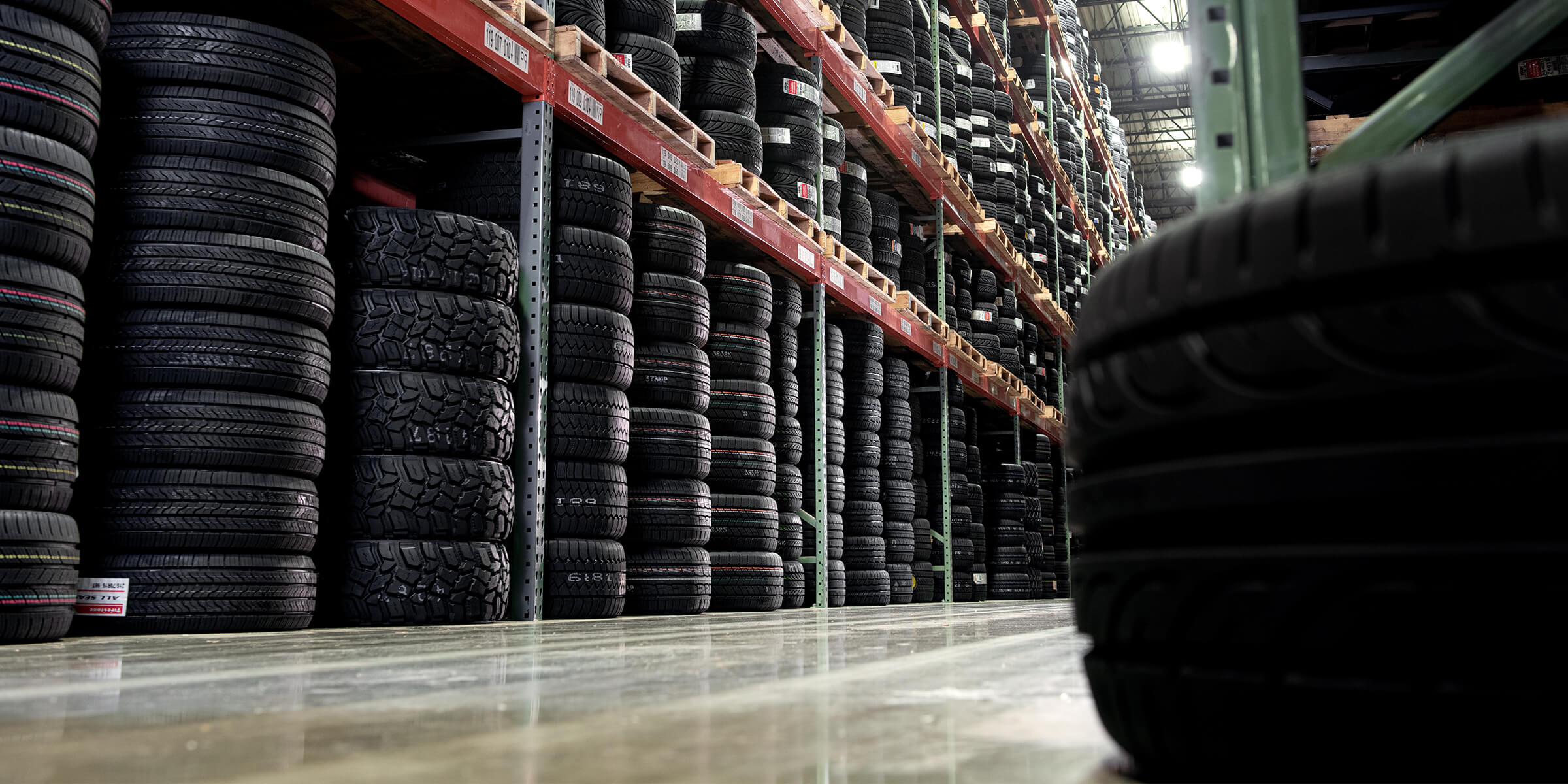Enjoy Big Cost Savings on Discount Tires Morris IL: Shop Currently for Offers
Enjoy Big Cost Savings on Discount Tires Morris IL: Shop Currently for Offers
Blog Article
Tire Solution: Recognizing Tire Pressure Surveillance Systems
Comprehending Tire Stress Monitoring Systems (TPMS) is a crucial facet of preserving ideal vehicle efficiency and security on the roadway. With improvements in auto innovation, TPMS has become a typical attribute in modern lorries, giving real-time info on tire pressure degrees.

Importance of TPMS
The significance of Tire Pressure Monitoring Solutions (TPMS) hinges on their ability to boost automobile security and efficiency with real-time surveillance of tire pressure levels. Keeping the appropriate tire pressure is important for ensuring optimum handling, braking, and general safety and security of a lorry. TPMS provides motorists with immediate comments on any overinflated or underinflated tires, permitting prompt adjustments to be made.
Components of TPMS
Making up various vital components, a Tire Pressure Tracking System (TPMS) functions as an innovative safety feature in modern-day lorries. The main components of a TPMS consist of sensors, a control module, and a caution indication. Sensors are usually located in the tire valve stem or affixed to the wheel assembly, where they measure tire pressure and transmit data to the control module. If it discovers substantially low stress in any of the tires, the control module procedures this information and causes a caution. The warning sign, often a symbol on the control panel, alerts the chauffeur to inspect the affected tire or tires. Some advanced TPMS designs additionally display the actual tire stress analyses for each and every tire, providing vehicle drivers with real-time info to ensure ideal tire efficiency and security. By monitoring tire pressure continually, TPMS aids prevent mishaps, decreases tire wear, and improves gas efficiency, making it a crucial part for car safety and security and efficiency.
Kinds of TPMS

On the other hand, indirect TPMS relies upon the automobile's wheel speed sensors to keep track of tire stress. This system finds underinflation by contrasting the rotational rates of the wheels. Indirect TPMS is less expensive than straight TPMS, as it utilizes existing sensing units within the vehicle.
While direct TPMS provides much more accurate click analyses, indirect TPMS is less complex in design and generally needs much less upkeep. Both systems have their advantages and restrictions, and the choice in between them typically depends on factors such as cost, lorry make, and personal choice. Comprehending the differences between these 2 kinds of TPMS can aid vehicle proprietors make educated choices pertaining to tire maintenance and safety.
TPMS Maintenance Tips
Conduct routine checks on the tire pressure levels and contrast them with the TPMS analyses to guarantee they are constant. During tire turning or substitute, make certain that the TPMS elements are managed meticulously to avoid any prospective damages. If the TPMS warning light brightens on the dashboard, deal with the problem without delay by checking the tire stress and the total system for any kind of faults.
Benefits of Proper Tire Stress
Preserving appropriate tire pressure, as highlighted in TPMS Upkeep Tips, is important for reaping the numerous benefits connected with ideal tire pressure straight from the source degrees. One of the main advantages of maintaining the correct tire stress is enhanced fuel performance. When tires are effectively pumped up, there is less moving resistance, leading to much better fuel economic situation. Additionally, proper tire pressure ensures also tire wear, expanding the life-span of the tires and advertising more secure driving conditions. With the ideal tire stress, lorries additionally have much better handling and traction, especially in adverse weather. This can enhance general driving efficiency and security for the chauffeur and guests. Additionally, preserving optimal tire stress can add to a smoother and more comfy ride by lowering resonances and sound caused by underinflated tires. Finally, the benefits of proper tire pressure exceed just tire long life; they include boosted gas efficiency, enhanced safety, better automobile efficiency, and overall driving comfort.
Verdict
To conclude, understanding tire stress monitoring systems (TPMS) is vital for keeping optimum tire stress and ensuring lorry safety and security. By recognizing the significance of TPMS, being familiar with its parts, understanding the various kinds offered, sticking to correct upkeep ideas, and realizing the benefits of maintaining proper tire stress, chauffeurs can enhance their driving experience and extend the lifespan of their tires. Correct tire pressure is key to reliable and safe automobile operation.

Report this page